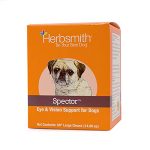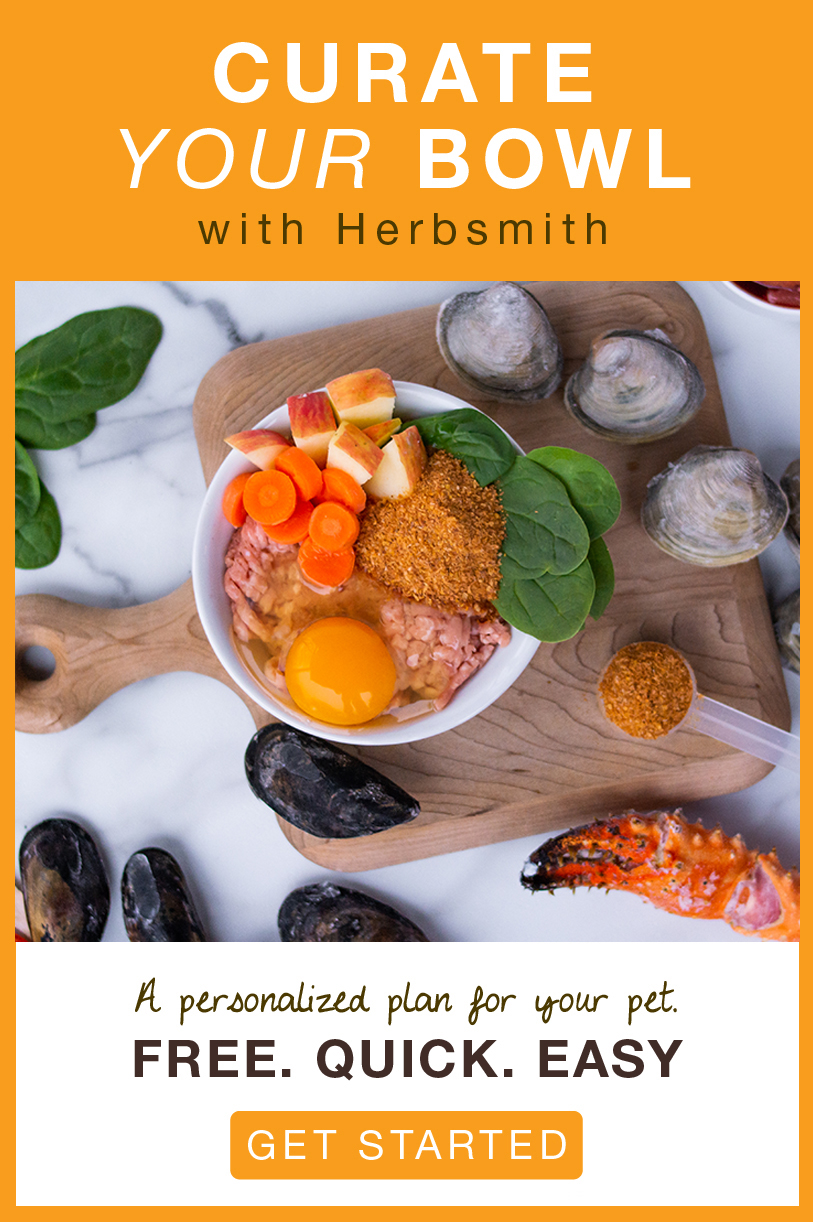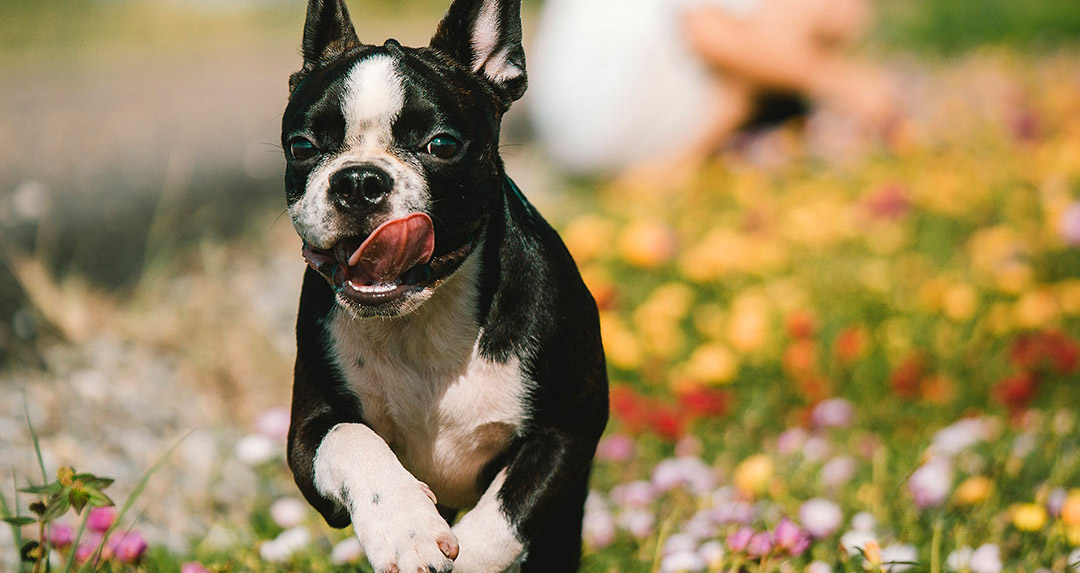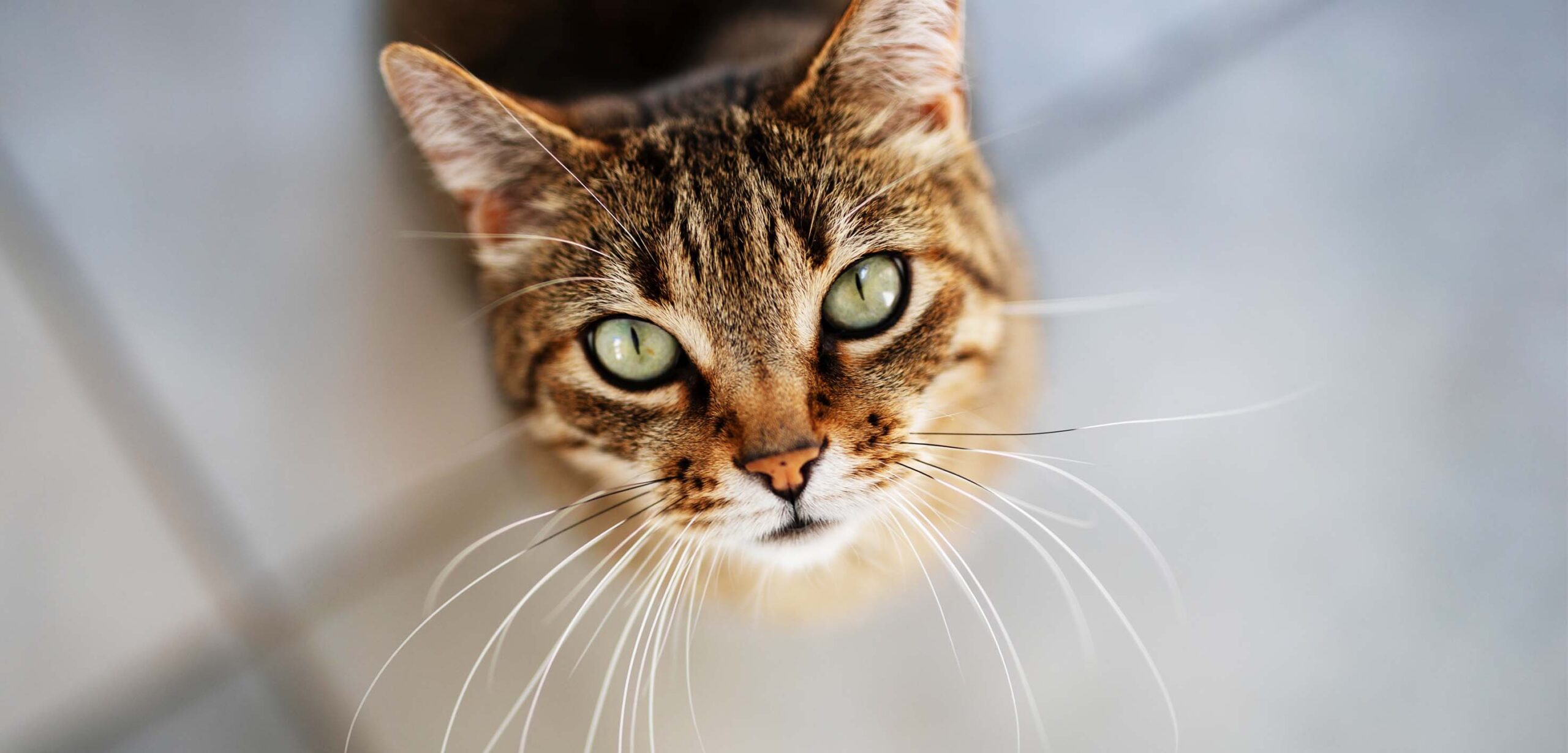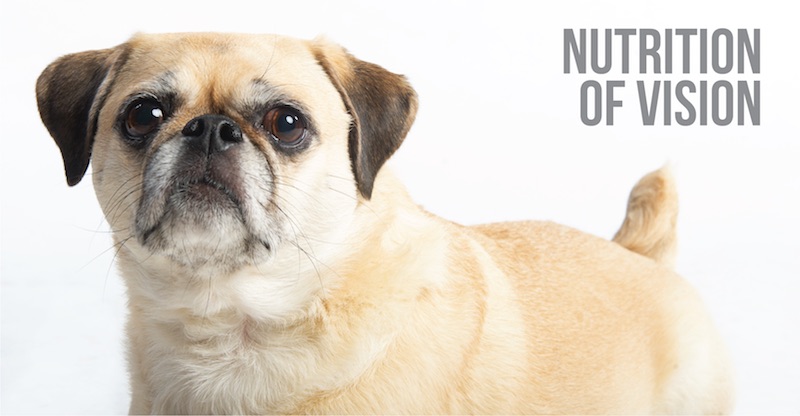
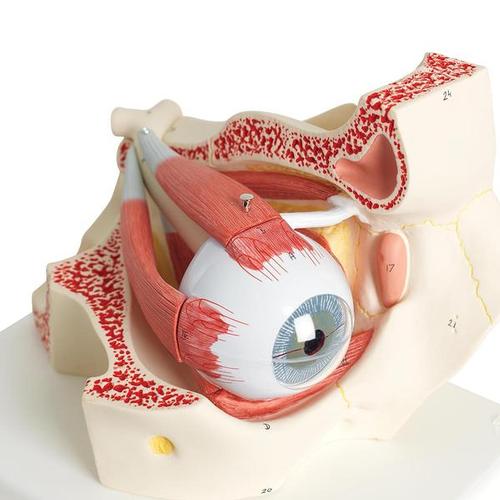
Eyeballs Are Crazy
When I found out I needed glasses, I was a little nervous to go get my eyes checked. All I could picture was some person in a long white coat poking and prodding my eyeball while I laid screaming in helpless agony. Obviously that’s not how it went (though the “puff of wind into the eyeball” part was its own kind of torture – thank god technology has advanced).
What I do clearly remember, though, is walking into the office only to be greeted by a plastic model of the human eye, scaled up about ten times larger. And while of course I knew it was plastic and fake, the whole time I was waiting for my exam, I felt anxious and jittery – as if that crazy eyeball knew that I had purposely ruined my own vision by continually wearing my friend’s glasses.
It knew everything. And it was judging me. That dumb, giant eyeball—all high and mighty atop the receptionist’s desk—throwing shade at me, an innocent 4th grader. All because I thought glasses were cool and forced myself to need them (Life Update: Needing glasses is only cool when you don’t have to pay for them. Curse you, tiny ignorant me!).
And while my story is more of a drawn-out intro than a supplementary piece of educational material in the scope of this blog post, the image of this model eye is burned into my memory. The eye (human or not) is a crazy complex thing, with all kinds of interconnecting functions that can impact an even broader set of bodily operations.
It’s important to keep the eyeballs healthy and sharp (not cripple them with your friend’s spare glasses *cough cough* fourth grade Joslin). While they’re not a dog’s primary sense like they are ours, the eyes are still important.
Why Eyesight Gets Worse
Like humans, the vision quality of dogs deteriorates with age. This is due to oxidative stress, which becomes a greater issue as the body has a harder time producing adequate levels of antioxidants on its own (and even more so if the dog is not receiving supplemental antioxidants from his daily diet).
The fewer antioxidants an animal has, the harder it is to defend against oxidative damage, which is what ultimately leads to vision loss. Think back to the antioxidant graphic in post about the cognitive health of aging pets:



It’s certainly much easier to fight off ocular (and cognitive) issues with the army size at five years than with the army size at fifteen.
Common Canine Eye Problems
- Cataracts: Caused by a clouded lens in the eye, resulting in blurry vision (Lenticular Sclerosis is a type of cataract)
- Most susceptible breeds: Poodle, Lab, Akita, Cocker Spaniel, Papillon, Samoyed
- Most susceptible breeds: Poodle, Lab, Akita, Cocker Spaniel, Papillon, Samoyed
- Progressive Retinal Atrophy (PRA): A genetic condition that causes degeneration in the retina (the part of the eye that acts as a lens to the visual world), eventually leading to blindness
- Most susceptible breeds: Cocker Spaniel, Lab, French Poodle, Boston Terrier, Welsh Springer Spaniel, German Shepherd
- Most susceptible breeds: Cocker Spaniel, Lab, French Poodle, Boston Terrier, Welsh Springer Spaniel, German Shepherd
- Glaucoma: A condition in which pressure is exerted on the eye that blocks the proper drainage of fluid from the eye and causes damage to the optic nerve, resulting in blindness.
- Most susceptible breeds: Akita, Alaskan Malamute, Basset Hound, Beagle, Bullmastiff, Chow Chow, Dalmatian, Great Dane, Greyhound, Poodles, Samoyed, Schnauzer, Shar Pei, Shih Tzu, Siberian Husky, Cocker Spaniel
How to Fight Eye Problems
Feeding your pet specific foods, vitamins and minerals can help keep the eyes in tip-top shape. Chelated zinc, beta carotene, lutein, and vitamin C all promote normal eye function and vision in dogs by maintaining ocular integrity and structure. Antioxidants (like lutein) help fight off free radicals and reduce oxidative stress. By eliminating free radicals associated with the aging process and reducing the negative effects of oxidative stress, animals can enjoy long-term ocular health.
The macula (part of the retina) should maintain high levels of zinc, as zinc enables Vitamin A to create melanin in the eye. Melanin is an important component as it is protective of the eye itself. Beta carotene is also a great source of Vitamin A. Vitamin C is important to eye—and overall—health, as it helps to build and maintain connective tissue. Collagen (which is found in the cornea of the eye) is one type of connective tissue that benefits greatly from Vitamin C. In addition to the support of connective tissue, Vitamin C also supports health blood vessels in the eyes, which help drain blood and relieve pressure.
Green, leafy vegetables and other brightly colored foods like kale, spinach, and blueberries contain abundant antioxidants. All natural sources, these super foods can help reduce the risk of oxidative damage. This damage is what often leads to vision loss and is a common cause of blindness in both animals and humans alike.
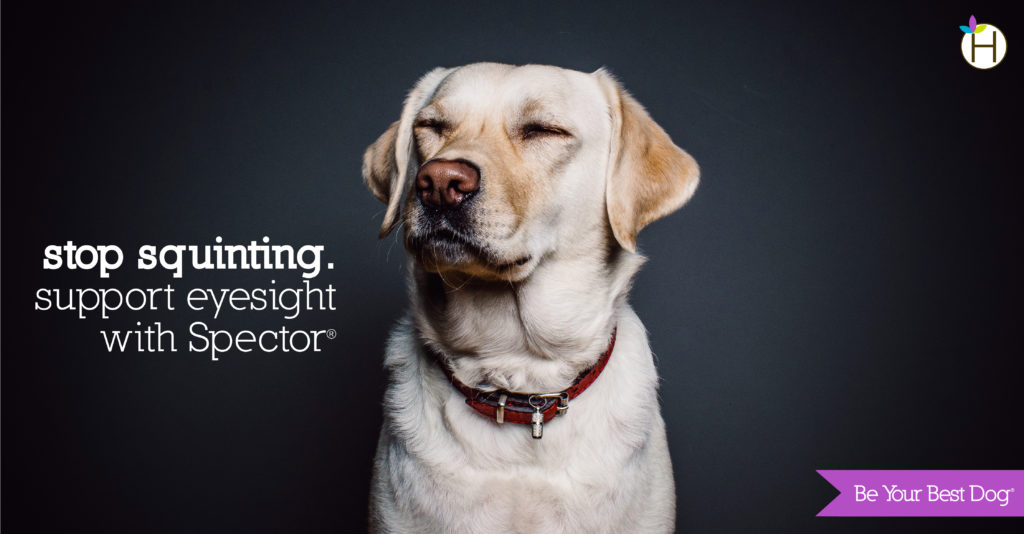
Food For the Eyes:
1. Zinc
Zinc can be found naturally in oysters, lobster and crab, red meats, poultry, and legumes. Good for supporting the macula (a part of the retina) and creating protective melanin in the eye
2. Vitamin C
Natural sources of Vitamin C are oranges, red peppers, broccoli, and strawberries. Vitamin C helps build and maintain connective tissue (like collagen). It also supports blood vessels in the eyes, helping with drainage and relief of pressure.
3. Beta Carotene
We've all heard that beta carotene is good for the eyes! Beta carotene is naturally present in carrots, sweet potatoes, and spinach. Its important for eye health as it maintains ocular integrity and structure.
4. Lutein
Lutein comes from marigolds, and can also be found in green, leafy vegetables. It's an antioxidant (like the ones your pup body is making on its own!) that helps to fight off free radicals and reduce oxidative stress.
5. Blueberries, Spinach, and Kale
Blueberries and green, leafy vegetables are also rich in antioxidants to help support the fight against oxidative stress. That's why they're considered superfoods!
Spector helps to maintain normal eye function and vision in dogs and has been specifically formulated to help maintain ocular integrity and structure.
In addition to chelated zinc and vitamin-C, Spector contains antioxidants, including lutein and xanthophyll, which help to fight free radicals and reduce oxidative stress. By eliminating free radicals associated with the aging process and reducing the negative effects of oxidative stress, Spector promotes long-term ocular health.

